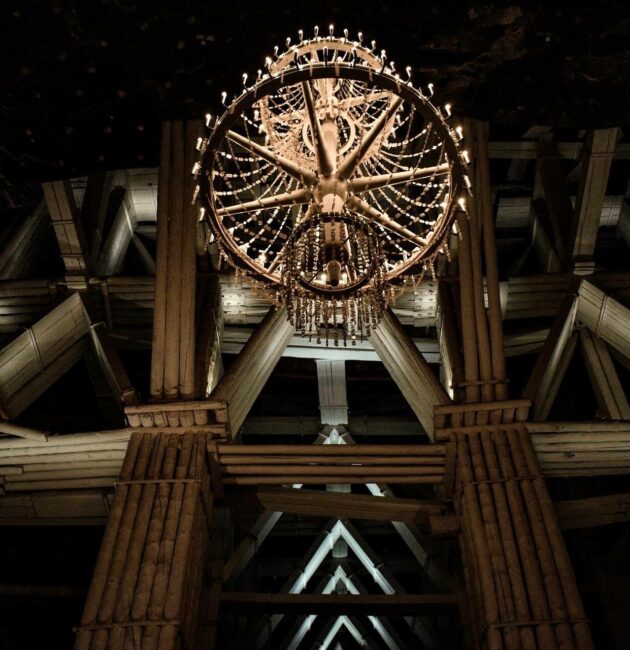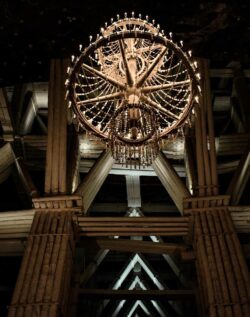THE FOUR MOUNDS OF KRAKOW
The four mounds, each with their fascinating history, are known as the Mounds of Krakow. They are an unusual attraction located in different parts of the medieval Polish city.
To start with a bit of history: before becoming Catholic, Poland was steeped in Pagan beliefs. Polish people built sanctuaries to pay homage to their celebrated figures. There were no temples, but mounds of earth called kopiec were constructed to commemorate the deceased.
There are four kopiec in Krakow today. Krakus Mound is the oldest and dates back to the Iron Age. The 16-metre mound is in the Podgórze neighbourhood and sits on the tomb of the legendary founder of Krakow, Krakus.
The second, Wanda Mound, is 14 metres and named after a princess (the daughter of Krakus). She refused to marry a German prince for the sake of her people in the process and threw herself in the Vistula river to escape the union.
The third is Kościuszko Mound. At 34 metres, it’s much higher and is more recent, dating back to 1823. It pays homage to the leading national figure, Tadeusz Kościuszko, who bravely fought for Polish and American independence.
The last is the most recent (dating back to 1935) and most giant mound, Piłsudski’s Mound, located in the middle of the Wolski forest. It’s dedicated to the heroic First World War commander and statesman, Józef Piłsudski. All of these mounds, steeped in history and local legends, stand proudly and offer beautiful views of the surrounding areas and the city.


















